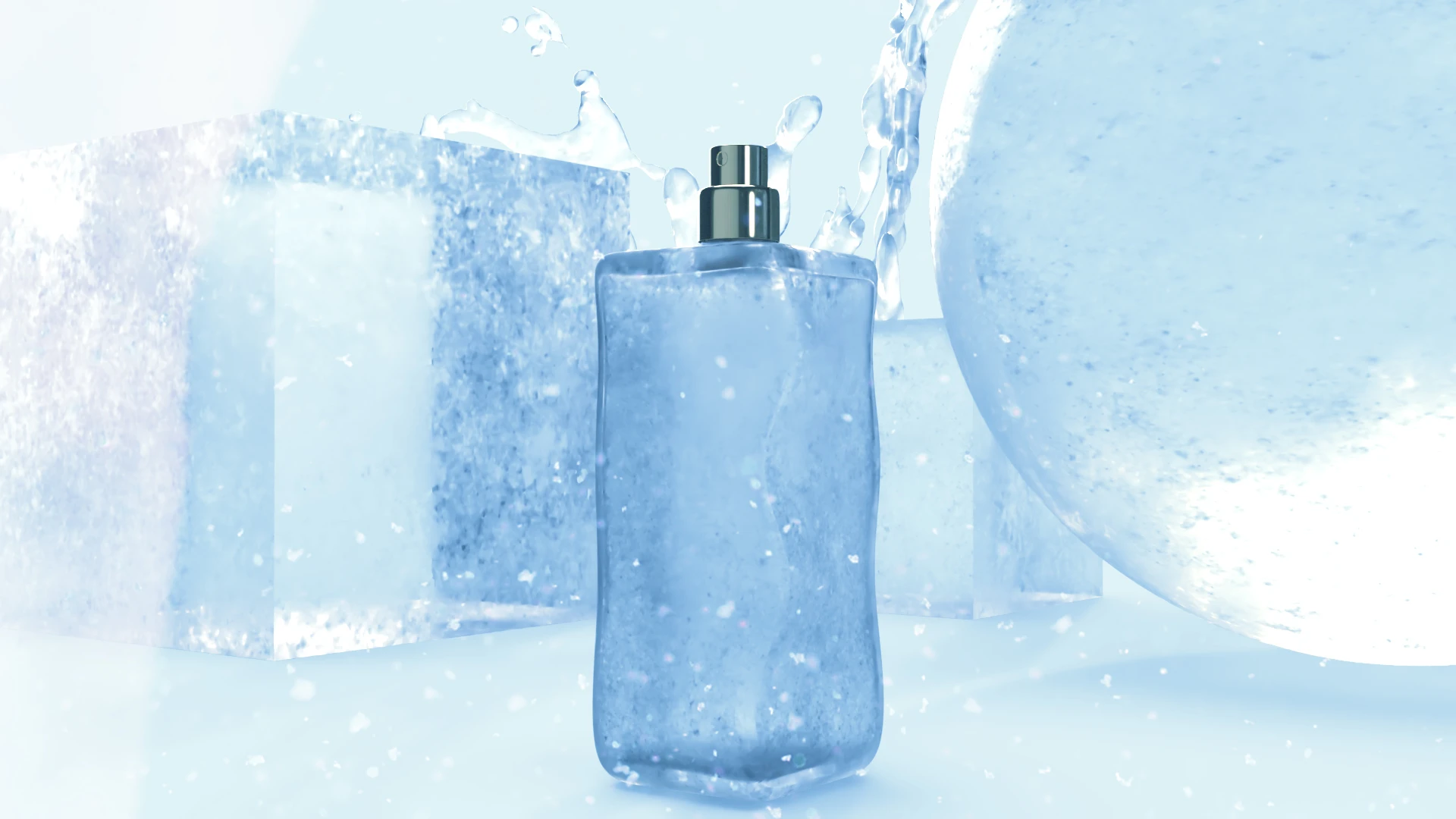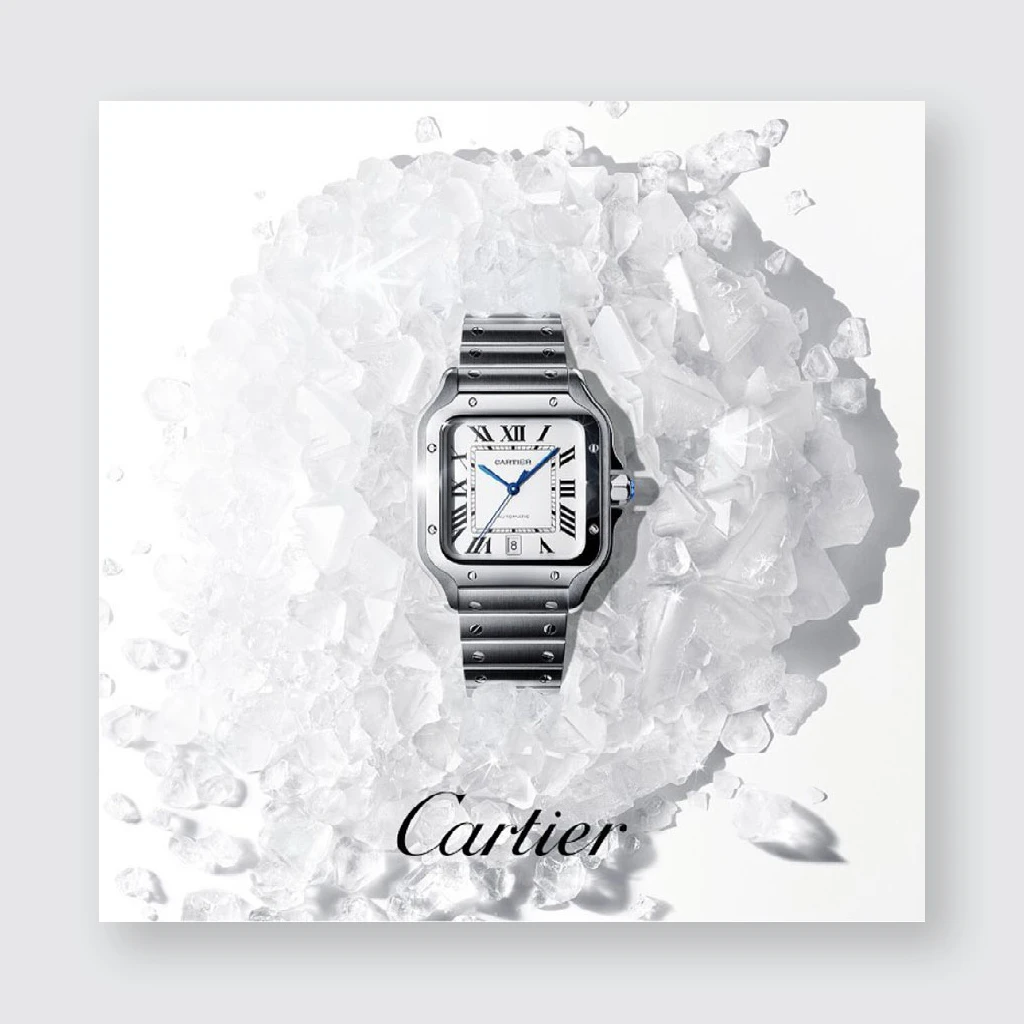Look, there’s nothing great about being cold. Winter is fun for about five minutes of skiing and throwing snowballs, and then it’s time to hole up for three months next to a fire while you guzzle hot chocolate and pray for sunshine to thaw out the tiny hairs in your nose.
Yet many people appear to have a very foundational association between the cold and luxury, according to new research from Musashi University and the University of Oxford published in the Journal of Consumer Psychology. The findings suggest there is a reason we refer to jewelry as “ice” or money as “cold hard cash.” We actually perceive cold objects as fancier than warm counterparts, and we consider perfume or luggage depicted in advertising with a frozen winter backdrop as more luxurious than if shown in front of a leafy spring setting.
It’s not an idea that makes immediate sense, admits Rhonda Hadi, associate professor of marketing at Oxford. “Warmth [is generally] preferable to cold, and when we think about warmth, we have strong associations with warm, interpersonal relationships, and warmth in affection . . . usually that’s a pretty desirable thing!” she says. “But when you think about status, it really implies distances—psychological and physical distance—which is the opposite of warmth being associated with closeness. Feeling something cold feels exclusive, set apart, and not conformist.”

Hadi has proven this in her lab over many studies, only a few of which made it to her most recent paper. Noting that luxury stores often drop the temperature to drive sales, her team started by looking at the temperature of objects themselves. They gave 50 participants a room-temperature vase to hold, and gave another 50 a vase that had been chilled nearly 20 degrees below room temperature. In a questionnaire, people reported finding the chilled vase to be more luxurious than the room-temperature one.
When I point out that many products, like the glass and metal iPhone, feel cold to the touch, Hadi concurs, pointing out how stainless steel, which is still associated with premium goods, has the same effect. It could be that we prefer these objects, or at least consider them fancy, because they feel untouched by anyone else—thermally exclusive. By contrast, Hadi tells me to imagine touching something that’s warm because someone else has touched it. Think about sitting on a seat on the subway right after someone has left it. It’s . . . gross. Perhaps it’s evolution reminding us that touching something someone else has touched could make us sick? Hadi doesn’t claim to know.
Then in another study, Hadi’s team placed common luxury items, including perfume and luggage, onto mock ads with a natural background. In one version, the background scene was from the spring. In the other version, the exact same product’s background was covered in ice and snow. Hundreds of subjects saw each version, and again, people viewed the winterized products as more luxurious than those with a warmer backdrop, despite no other differences in the product’s presentation.

Of course, the marketing industry already knows this, at least innately. It’s why ads for jewelry, like the Cartier watch ad seen above (and also in the paper itself), can feature products placed on literal ice. What do watches have to do with water that’s been frozen solid? Nothing . . . well, nothing outside of the entire holiday shopping season, which makes me wonder if wintery, Christmas advertising makes the perfect backdrop for all of us to overspend.
In any case, delving into this topic can make your head spin. Do we view cold as a luxury because it’s somehow linked to our survival (as in touching an object already warmed by someone else’s hand) or because it’s linked to our social behaviors (and being separated from the pack somehow makes us look desirable)? Hadi believes that identifying the core causes, at this point in a mature consumer culture, is a bit beyond the point, because we’re past the point of undoing it. “We have built this association in our head, and it permeates language,” she says.
Cool. Cool cool cool cool.
Recognize your brand’s excellence by applying to this year’s Brands That Matter Awards before the early-rate deadline, May 3.
